Optimal Timing for Mold and Asbestos Inspections
Mold and asbestos inspections are crucial for maintaining indoor air quality and safety. The timing of these inspections can influence their effectiveness and the detection of potential hazards. Understanding when to schedule inspections ensures that issues are identified early, preventing health risks and costly repairs.
Inspections are most effective during periods of high humidity or after severe weather events, which can promote mold growth or disturb asbestos-containing materials.
After renovations or construction, inspections help identify any disturbed asbestos or mold growth caused by construction activities.
Scheduling inspections prior to property transactions ensures safety and compliance, and helps identify hidden hazards.
Regular inspections as part of home maintenance routines can detect issues early, especially in older buildings.

High humidity can accelerate mold growth, making inspections vital during wetter months.

Construction activities can disturb asbestos materials, requiring timely inspections.

Ensuring safety before property sale or purchase minimizes health risks and liabilities.
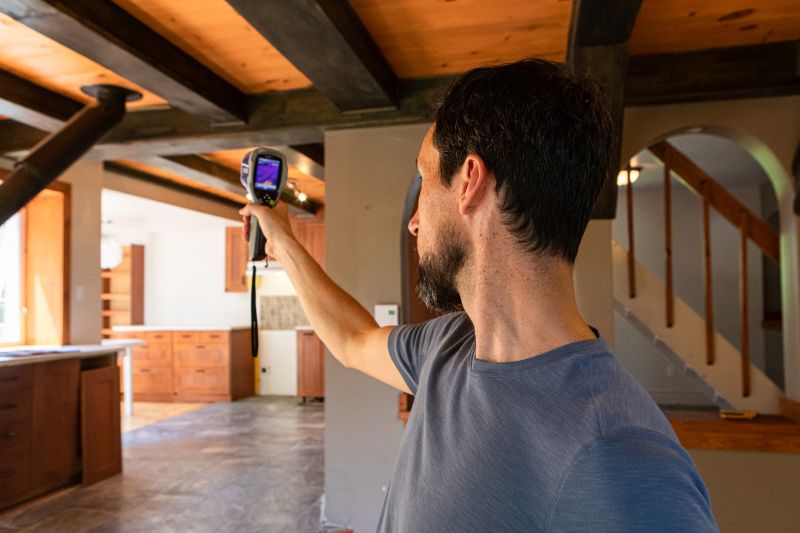
Regular inspections help maintain indoor air quality and prevent hazards.
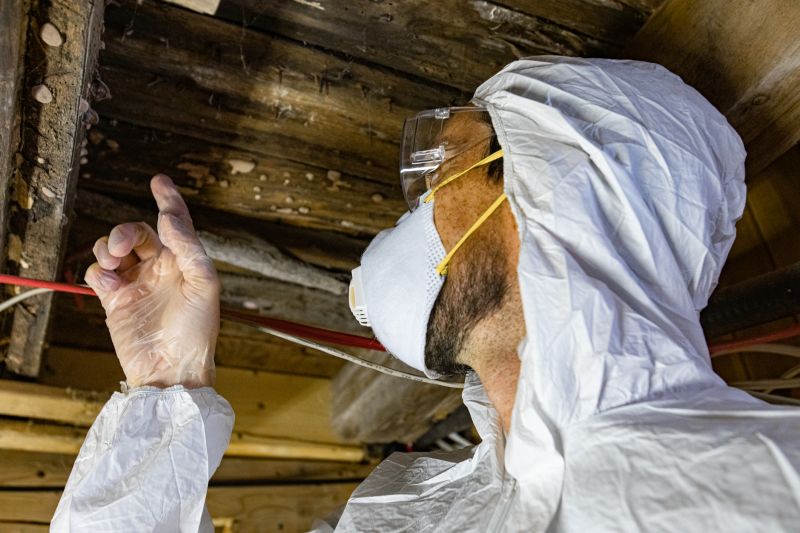
Ways to make Mold And Asbestos Inspections work in tight or awkward layouts.
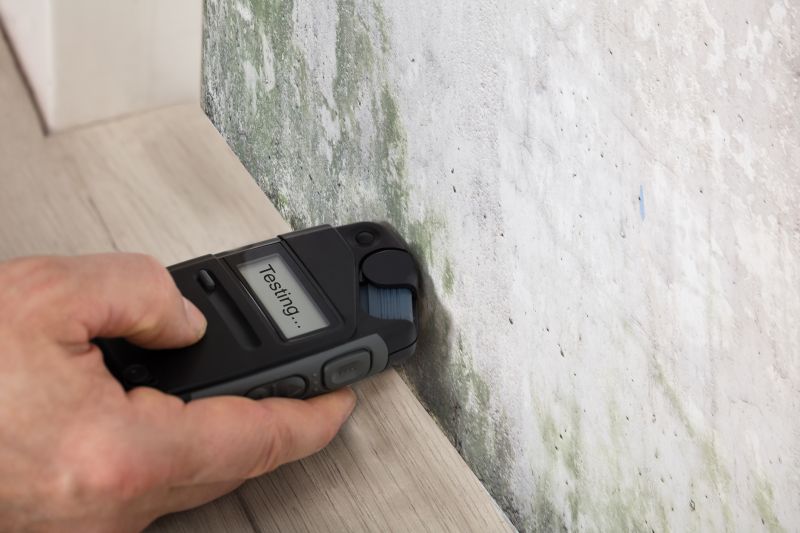
Popular materials for Mold And Asbestos Inspections and why they hold up over time.
| Scenario | Recommended Timing |
|---|---|
| High humidity periods | During or after rainy seasons |
| Post-renovation | Immediately after construction work |
| Property transaction | Before buying or selling property |
| Visible mold or suspect materials | As soon as symptoms are noticed |
| Older buildings | Regular intervals, especially before winter |
Mold and asbestos inspections are vital components of maintaining a safe indoor environment. Mold can develop rapidly in moist conditions, with studies indicating that mold spores can begin to proliferate within 24-48 hours of moisture exposure. Asbestos, often present in older building materials, can become hazardous when disturbed, releasing fibers into the air that pose serious health risks. Regular inspections, especially during high-risk periods or after construction activities, help identify and mitigate these hazards early.

Monitoring moisture levels in humid periods prevents mold growth.

Ensures asbestos materials remain undisturbed or properly managed.
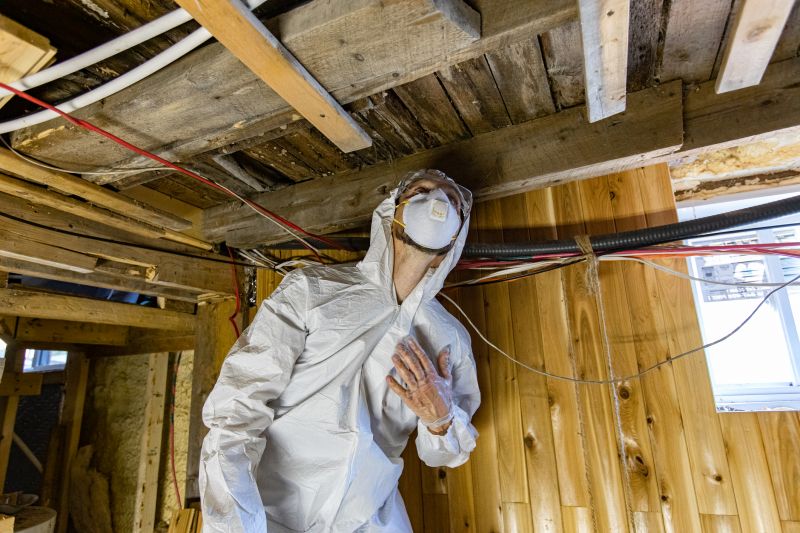
Identifies hazards before property transfer.
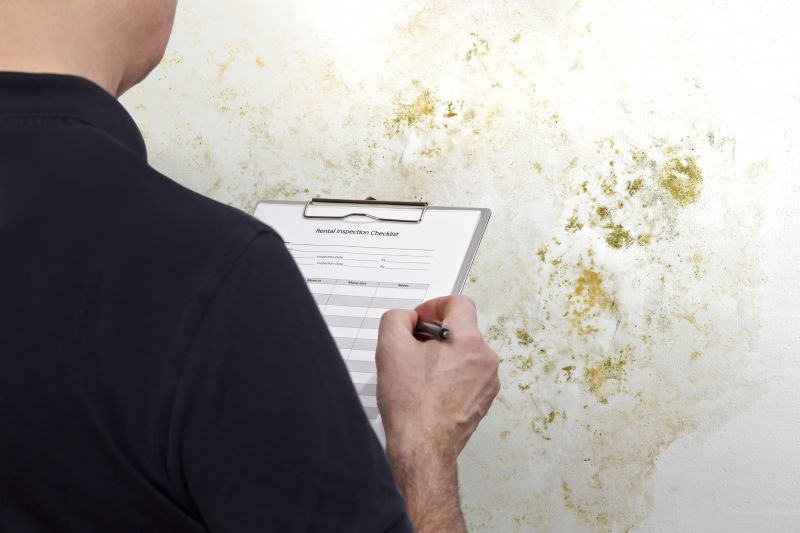
Detects potential asbestos or mold issues early.
Interested in scheduling a Mold and Asbestos inspection? Filling out the contact form can provide more information and help set up an inspection tailored to specific needs. Regular assessments contribute to healthier indoor environments and peace of mind for property owners and occupants.



